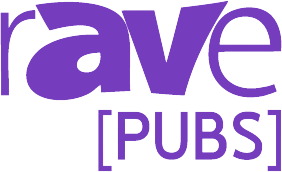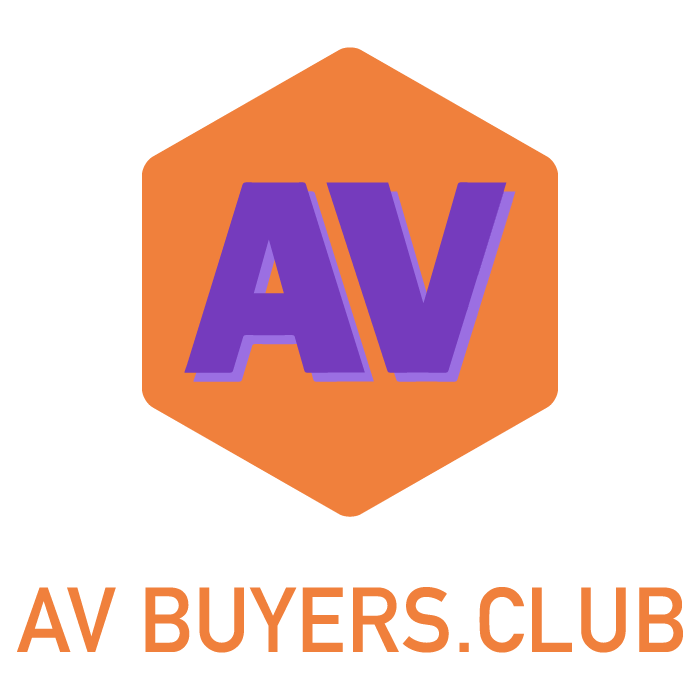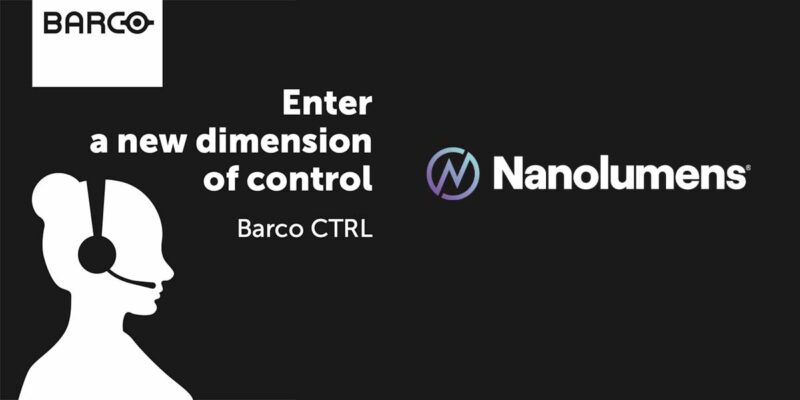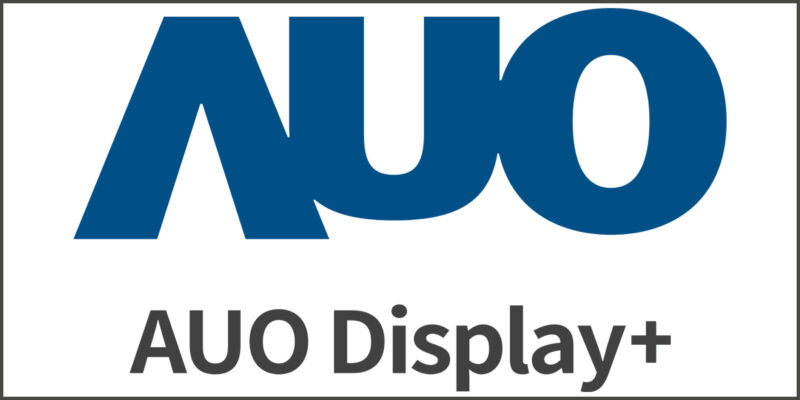UNLV School of Engineering Is All-in on Nanolumens

The University of Nevada, Las Vegas’ Howard R. Hughes College of Engineering has nurtured future engineering leaders since its establishment in 1976. The college, which currently enrolls over 1,600 undergraduates and around 250 graduate students, has steadily grown in prestige and capacity. The college boasts four graduate programs ranked among the top 100 in U.S. News and World Report’s list of Best Graduate Colleges, including nuclear engineering, aerospace studies, environmental engineering, and civil engineering.
In Spring 2024, UNLV’s Howard R. Hughes College of Engineering unveiled its state-of-the-art Advanced Engineering Building, a three-story, 52,000 square-foot facility designed to serve as an idea incubator and innovation generator. Strategically located next to the Thomas T. Beam Engineering Complex at the northeast corner of the campus, this $73 million investment is set to significantly enhance the Howard R. Hughes College of Engineering. The sleek, metallic design, complemented by numerous open windows, reflects the building’s modern, forward-thinking design. This new addition will enable the college to expand its total enrollment from 3,000 to 5,000 students, addressing the national demand for skilled engineering professionals.
Howard R. Hughes College of Engineering wanted to create a space that embodies a vision for collaboration and innovation. Central to this vision are the Maker Space and Flexatorium, two key areas designed to foster a seamless blend of theoretical learning and practical application. Upon entering the first floor, multiple pathways lead to the Maker Space, the heart of AEB. Here, students can immediately apply the theory and fundamentals learned in the neighboring flexible classroom.

Beyond the Maker Space, the central corridor opens into a spacious, well-lit room with comfortable seating, ideal for studying, gathering, and meeting. The Flexatorium, a unique flexible auditorium, transforms from a lecture hall by day to an event space by night. It features bleacher seats that can collapse like in a gymnasium, providing open floor space for events and expanding back for classes, and state-of-the-art technology to support active, engaged learning.
“UNLV sought to integrate LED displays, both indoors and outdoors, to share important information with passersby and showcase student work,” said Frank Alaimo, manager of classroom technology services, information technology for University of Nevada, Las Vegas. “Initially, the architect designed an exterior video wall on the side of the building, transforming it into a walking thoroughfare from the parking garage. As you approach the building, you will see an adjacent parking garage that serves the north side of the campus, with approximately 16,000 people passing through daily. Being in Vegas, the digital signage had to be big and bright. However, we required a solution that would be resilient to Vegas’ intense heat. Indoors, we required a flexible, high-quality solution that would support various applications in the Flexatorium, ranging from large classes to special events. The goal was to foster the application of academic knowledge to hands-on exploration.”
“During a competitive shootout involving five or six brands, the Dean of UNLV selected Nanolumens displays due to their vibrant and high-quality visuals,” explained Alaimo. Additionally, Nanolumens stood out for their excellent warranty, service, and support. We have been using Nanolumens since 2018 for our first video wall deployment in our hospitality building, where we were among the first to use their flexible wall for a curved display. The reliability of this installation, which still runs flawlessly after six years, convinced us to continue using Nanolumens.”
UNLV integrated the Nanolumens Engage Pixel 1.56 in the Flexatorium and the Engage Pixel 1.25 in the Maker Space. The Flexatorium boasts a massive 28-foot by 9-foot video wall at eye level for students in the bleachers. This space, combined with the adjacent Maker Space, creates a large event area used for both classes and events. The Engage Pixel Series in the Maker Space features ProTek, a GOB (Glue on Board) finish, making it durable and resistant to damage from touch. Additionally, the outdoor installation, a 32-foot wide by 14-foot tall LED wall, features the Performance Series.
“Nanolumens’ exterior displays are particularly resilient to heat, a crucial factor for installations in Las Vegas,” noted Alaimo. “This resilience is what sets Nanolumens apart from other video wall companies. We asked many manufacturers about their heat tolerance, and most do not specify that information. Nanolumens, however, explained that their displays have been on the Strip for many years and can endure constant exposure to intense sunlight.”
Nanolumens products are proudly designed and manufactured in America. Every display is crafted with meticulous attention to detail, utilizing the most reliable components and the expertise of highly skilled engineers. Alaimo detailed, “Choosing Nanolumens also ensured we received American-made products, reducing dependency on international supply chains and avoiding equipment shortages. They maintain a library of spare parts specifically for our installations, ensuring quick and efficient replacements if needed.”
The result was successful at all levels. Nanolumens’ on-site technical team played a key role in delivering the monumental project. “Having the Nanolumens field engineers on-site during installation and commissioning was invaluable,” said Michael Theil, Senior AV/IT Control Systems Specialist Classroom Technology Services for University of Nevada, Las Vegas. “Alan Kyle’s meticulous attention to detail ensured the end result reflected both Nanolumens and UNLV in the best possible light. He diligently guided the installers, ensuring they adhered to proper procedures and techniques. Alan’s hands-on approach involved validating each step of the process and promptly rectifying any deviations. This oversight instilled confidence in the final product’s quality, one that UNLV proudly endorses.
Theil added, “During the commissioning phase, we encountered a few challenges, likely stemming from building construction. However, working alongside field engineer Zack Mock showcased Nanolumens’ commitment to excellence. Zack’s patience and adept troubleshooting skills enabled him to swiftly identify patterns and isolate issues. Although we were already familiar with Nanolumens’ product quality from previous campus installations, the dedication of their technicians reinforced our trust in both their hardware and the caliber of their personnel. Their unwavering commitment to ensuring a flawless outcome leaves us confident in endorsing Nanolumens, knowing they stand behind their product and customers with equal conviction.”
Set to host students in Fall 2024, UNLV’s AEB will be a hive of activity, with every corner alive with the buzz of academic and technological exploration. Nanolumens displays, which will play a pivotal role in propelling UNLV students into the next era of innovation, will not only enhance the educational experience but also inspire and equip the engineers of tomorrow.





